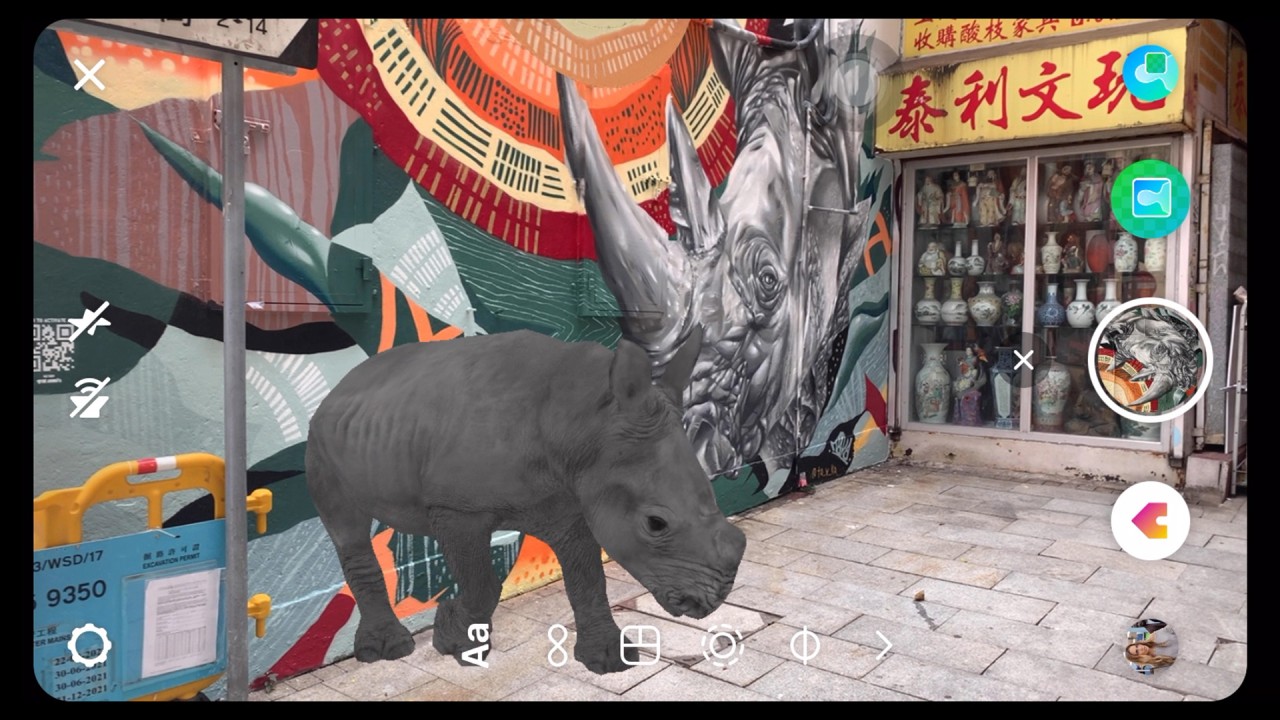
How Hong Kong can lead the global fight against wildlife trafficking
- Enhanced enforcement, especially in targeting the financial networks, cross-border collaboration and public education are needed to turn the tide
Nestled amid a vibrant convergence of cultures and economies, Hong Kong has flourished on the strength of its dynamism. Its geographic location, free trade policy and efficiency as a logistics hub, as well as its trade history and networks, have propelled the city to become one of the world’s largest trading economies.
Yet, within this tapestry of opportunities lies a vulnerability – the risk of unscrupulous individuals and syndicates exploiting the city for nefarious activities.
Since 2013, Hong Kong has imported more live specimens for commercial purposes under the Convention on International Trade in Endangered Species of Wild Fauna and Flora (CITES) than any other country and territory, accounting for over a quarter of the 16 million live mammals, birds, reptiles, and amphibians imported globally. Notably, live exotic pet trade data provided by CITES only captures two-thirds of the total live animals imported into Hong Kong.
Recognising the complexities of this issue, Hong Kong can rise to the challenge and become a global leader in combating the illegal wildlife trade. This path requires several important steps.
Targeting not just the foot soldiers but the financial networks behind this illicit trade is crucial. While Hong Kong authorities made thousands of wildlife crime-related arrests and successful prosecutions over the last decade, defendants mostly comprise mules or couriers.
Collaboration is key. No single entity can win this fight alone. Robust partnerships with neighbouring jurisdictions, streamlined information sharing, and coordinated enforcement actions are vital. Organisations like United for Wildlife stand ready to offer expertise and resources in building this formidable wall against wildlife crime.
Such global initiatives unite multilateral stakeholders, particularly those from the private sector, to make it impossible for traffickers to transport, finance or profit from illegal wildlife products.
Sam Inglis, leader of ADM Capital Foundation’s Wildlife Programme, has highlighted that while Hong Kong has made great strides to deter wildlife criminals, trafficking incidents continue unabated.
We have to follow the money if we are to detect and dismantle the syndicates responsible for these crimes. Coalitions of civil society, the private sector and the government have proved effective in other jurisdictions in combating the illegal wildlife trade.
Public awareness is paramount. Dispelling misconceptions and myths that fuel the demand for unsustainable wildlife products requires educational campaigns, targeted outreach and engaging storytelling. Misconceptions surrounding the supposed health benefits or auspiciousness of some endangered species must be addressed through consumer education.
Hong Kong’s potential to be a shining example of effective wildlife protection is undeniable. Its history of innovation, respect for tradition and global connections can be harnessed to protect species both within its borders and beyond. By collaborating, innovating and educating, Hong Kong can navigate this delicate balance, ensuring that its dynamism thrives in harmony with the natural world.
William Hague, Lord Hague of Richmond, is chairman of United for Wildlife




